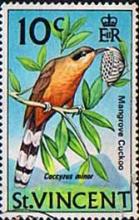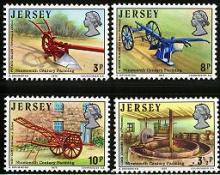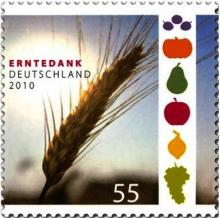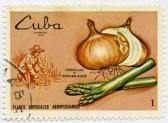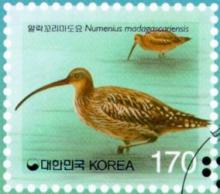Scotland may become cuckoo's last refuge in UK
- Read more about Scotland may become cuckoo's last refuge in UK
- Log in to post comments
While the cuckoo Cuculus canorus is in serious decline south of the Border, new research shows that in Scotland the birds are becoming increasingly common. The future looks so bleak for the birds in England that some experts believe Scotland could eventually become their last refuge within the UK. An analysis of three years of bird sightings within 10km sq plots across the UK - for the British Trust for Ornithology's Bird Atlas 2007-11 - reveals cuckoos are thriving in Scotland, and in mass decline in England and Wales. And the latest BTO Breeding Bird Survey shows cuckoos struggling to survive in large swathes of the UK. It revealed a 60 per cent decline in cuckoos between 1995 and 2008 in England, a 37 per cent decline in Wales, but a 6 per cent increase in Scotland. Dawn Balmer, Bird Atlas co-ordinator with the BTO thinks cuckoos are growing in number in Scotland even faster than thought.
Experts have theories about the change. "One thought is that adult cuckoos like fairly big caterpillars and maybe the food supply is better in Scotland," said Balmer.

